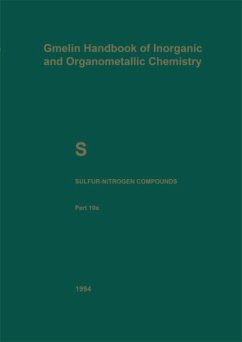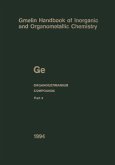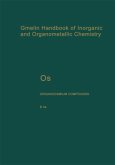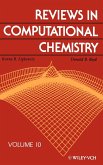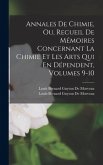The present volume describes acyclic Sulfur-nitrogen compounds with sulfur of the oxida tion number II. The first chapter deals with sulfur imide (S=NH), N-organyl-sulfur imides (S=NR, R = or ganyl), and metal complexes of sulfur imides. N-Organyl-sulfur imides have not been isolated, but they can be trapped, for example, by cycloaddition and stabilized by coordination to transi tion metals. 11 The following chapter present a detailed survey of other 8 -N compounds with one coordinate sulfur, e.g., dithionitrous acid (S=N-SH) and derivatives, the salts of the dithionitryl ion (1 +) ([S=N=S]+), and N-thionitroso-diorganyl-amines (S=NNR , R = organyl). Only the reac 2 tions of [S=N=S]+ AsF5, among the known [S=N=S]+ salts, have been extensively studied. Cycloadditions with alkenes and triple bonded compounds produce 1 ,3,2-dithiazolium salts and their derivatives. S=NN(CH )z and S=NN(C H )z form transition metal complexes. The 3 6 5 Iigand is coordinated via the S atom in a monodentate manner.
Bitte wählen Sie Ihr Anliegen aus.
Rechnungen
Retourenschein anfordern
Bestellstatus
Storno

